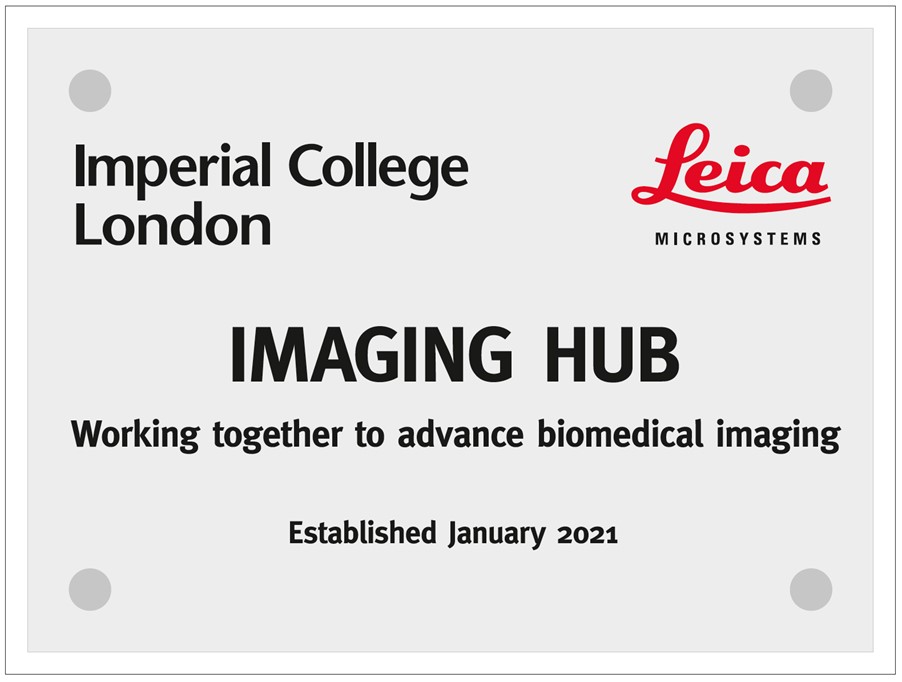Imperial College London and LEICA Microsystems Imaging Hub: Bringing transformation to biomedical precision imaging – Dr Laki Pantazis

Imperial College London and LEICA Microsystems launched a dedicated biomedical imaging hub focusing on complex dynamics in biological systems beginning of 2021. The Imperial College London and LEICA Microsystems Imaging Hub is based at Imperial College London’s White City and South Kensington Campuses. The purpose of the Hub is to establish a strategic collaboration in the field of optical imaging and its uses in research and innovation.
LEICA Microsystems and Imperial College London will cooperate to research, develop and promote scientific applications using Leica’s latest technologies. The Hub is equipped with cutting-edge confocal and wide-field microscopy systems. Demonstrations of new systems are envisioned and workshops such as the 'See the Hidden' series of Leica will bring together expertise from across the scientific community (recent announcement).
The Hub will also serve as a platfrm for Imperial College London and Leica Microsystems to maintain a close dialogue on the value of microscopy in development and research applications, as well as to collaborate on joint research projects. A Council of Operations, which is chaired by Dr Periklis (Laki) Pantazis, Reader in Advanced Optical Precision Imaging at the Department of Bioengineering at Imperial College London, will facilitate this industry–university collaboration. It will focus on understanding biological systems to advance human health by exploring:
- probes, molecular agents to visualise, quantify and manipulate cells or organism,
- imaging modalities, equipment and methodologies used to acquire images from the molecular to the tissue level of the human body and
- software that process the data produced.
The interplay between these factors is what allows researchers to obtain an accurate visual display of complex dynamics in biological systems. The Hub will combine these factors in one place, generating a unique environment that will establish an effective acquisition and interpretation workflow and facilitate innovation and development across disciplines and communities of experts.
One of the long-term aims is for researchers at the Hub to use optical precision imaging in monitoring and predicting response to medical treatments. In addition to the potential medical advantages of the Hub, its technology and collaborations will benefit both the industry and the academic community alike by technology transfer and training.